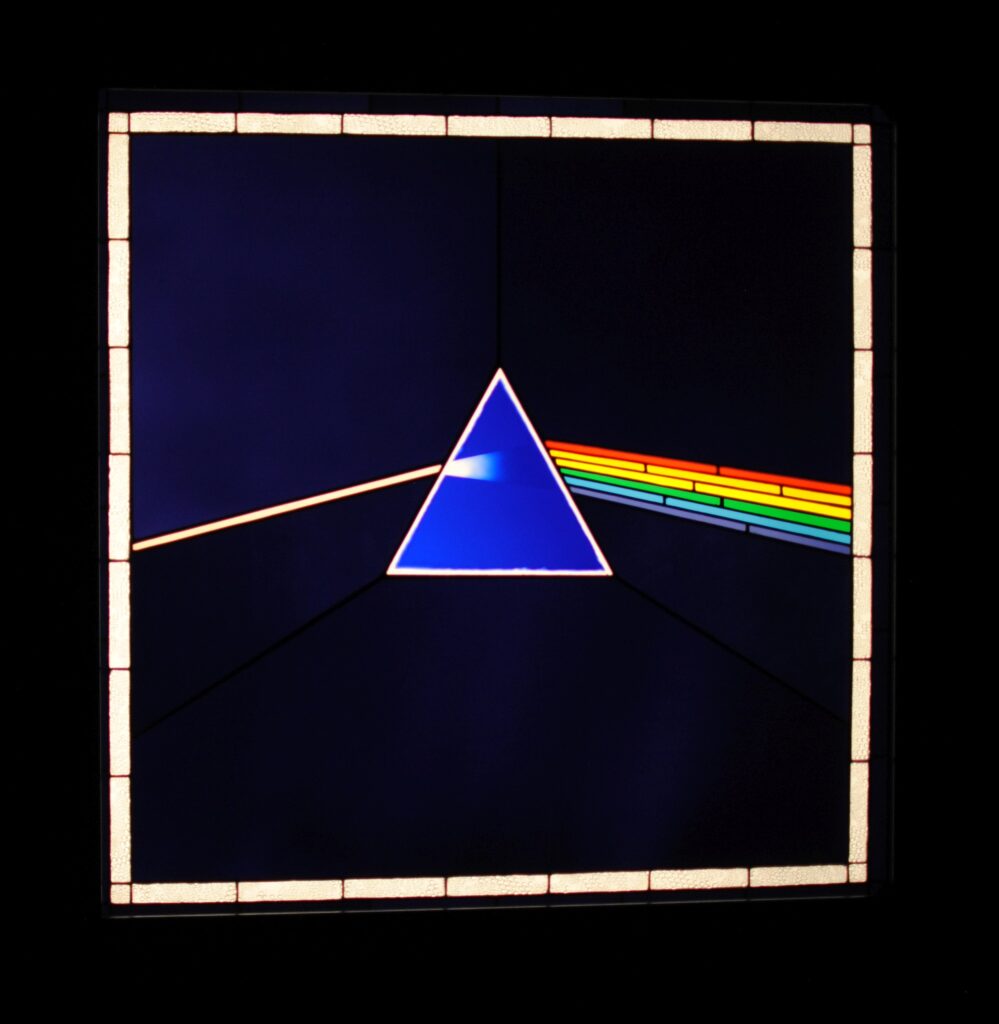The format of music has changed from analog to digital, but terminologies remained the same. In the era of digital music, terms like EPs, LPs, singles, or albums are still standard, even if they are released on music streaming platforms like Spotify and Apple Music.

In recent years, the sales of vinyl records have surpassed the other digital formats like CD/DVDs, it has become more interesting and relevant to know the origin and exact meaning of these terms than ever before.
If you are just starting on the vinyl collection journey or want to release you own album, then knowing the differences between LPs, EPs, and singles will help you make informed choices about the types of records to collect, the music experience you want to create, and how to build a collection that resonates with your musical tastes and preferences.
Origin of LP and EP
In the first quarter of the 20th century, the records made of resin known as shellac were popular. These records are made up of brittle material so they are noisy, with very little runtime. So in the 1930s, the need for new material was raised to replace shellac records.
In 1948, Columbia introduced a record with a playback time of 22 minutes per side and it is made up of new material known as vinyl. It became a massive success in the early 1950s because a whole album could be stored in a single record. That is why it is known as ‘long-playing’ (LP) records.
The tussle between two prominent record companies RCA Victor and Columbia led to the introduction of another format called EPs or extended play records by RCA which became popular in 1952.
Since then, these formats of vinyl records have become standard.
LP vs. EP vs. Singles: Key Differences
| Point of difference | LP | EP | Singles |
| Size | 12-inch | 7-inch | 7-inch |
| Speed | 33 ⅓ rpm | 45 rpm | 45 rpm |
| Playback Time | Upto 1 hour | Upto 30 minutes | Upto 10 minutes |
| No. of tracks | 10-15 | 4-6 | 1-3 |
| Price | Expensive | Less Expensive | Cheap |

What are LPs/Albums?
LPs also known as “Long play” are 12-inch rotates at 33 ⅓ RPM micro groove vinyl records hence also known as “33’s”. It can store up to 1 hour of playback music with a 10-15 tracks. The album and LPs are interchangeably used, when an artist wants to release a whole album then an LP is released.
Albums are long-format records that contain more songs so they are a little expensive. From the artist’s point of view, it takes a lot of time and resources to produce an album with 10-15 songs.
Before the Long Play records came into the picture, the records were of size 10-inch called “78s” as they were spun at 78 rpm and holds music of around 5 minutes per side. But these were soon replaced by 12-inch LP vinyl records, which had better sound quality and durability.
I still remember the first 12-inch record bought myself was The Dark Side of the Moon by Pink Floyd in 1974 at the age of 11, with all the pennies I saved.

What are EPs?
EPs also known as “Extended play” are 7 inches and 45 RPM micro groove records. They have a runtime of less than 30 minutes.
Also, these are short-format records with 3-5 tracks so they are affordable. The 7-inch diameter requires less material to make, EPs are cheaper to manufacture as compared to LPs. There is no such rule about how many songs a record must have.

All modern record players come with two-way speed adjustments of 33 ⅓ and 45 RPM and can be adjusted according to the size of the record.
What are singles?
The singles have the shortest runtime of less than 10 minutes and can store 1-3 songs. They are also 7-inch records and rotate at a speed of 45 RPM.
Why do Musicians Release EPs?
EPs contain a song with extra music, and it can be acoustic, cover, or instrumental, and sometimes with a surprise bonus song exclusive to that record only.
In recent years, the trend of releasing an album has seen a sharp decline, and EPs or singles are on the rise. Now, the question arises Why do artists release EPs? We will go through the following scenarios to answer this question:
1. Suppose an artist has released an album with 12 songs and out of these one track becomes very popular. Now he can release an EP album of that song with radio edits, instrumental & acoustic versions, remixes, and cover songs.
2. Another scenario from the musician’s POV, it requires a lot of hard work which can take months, and years to produce the album. So in the meantime, artists release EPs as a sneak peek of the upcoming release to stay relevant and hold the attention and curiosity of the fans.

3. EPs are a cost-effective option for newcomer artists, to gain the attention of audiophiles and production houses. An aspiring musician Tristan from Portland recounts:
‘Releasing an EP is a smart move to kickstart my career. It’s a more manageable and affordable option compared to a full album, allowing me to showcase my best work without breaking the bank. It’s like a musical resume – a concise yet impactful representation of my talent and potential.’
4. Streaming services like Spotify and Amazon Music, as well as social media platforms like TikTok and Instagram, have become a primary source of consumption of music. The attention span of listeners is reduced and it becomes necessary for musicians to release songs frequently to keep up pace with trends.
Conclusion
The main differentiation points between LPs, EPs, and singles are size, rotation speed, and playback time. The next time, you hit any flea market to hunt for vintage vinyl records knowing these terms will help you in forming your buying decision.
LP stands for “Long play” records with a playtime of typically 22-25 minutes per side, mostly contains 10-15 songs
EP stands for “Extended play” records with a playtime of 15-30 minutes, mostly contains 5-8 songs.
The double EP is generally a set of two disks each of which is qualified as an EP.
